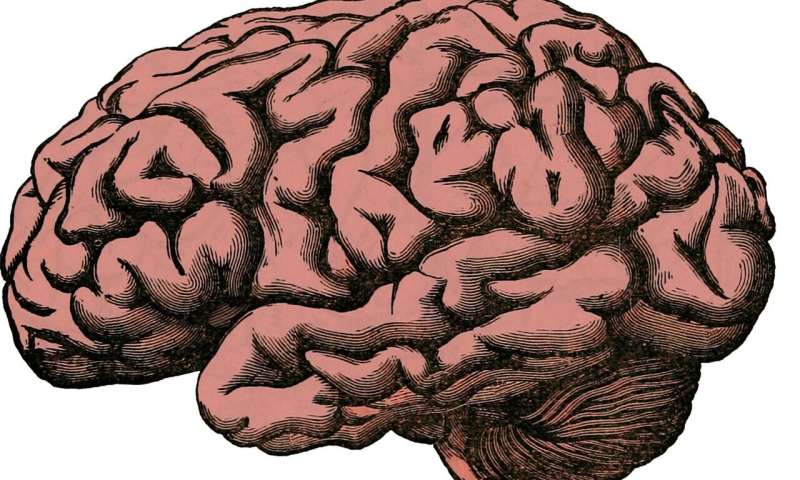
Glutamate receptors in the brain called AMPARs are critical for synaptic plasticity, learning and memory. Poorly functioning AMPARs have been linked to a wide range of neurological and psychiatric disorders including seizures, Alzheimer’s disease, major depression and autism spectrum disorder.
Understanding how AMPARs are formed and operate is essential for the rational design of pharmacological compounds that, by tuning AMPAR activity up or down, could improve treatment of these conditions.
To that end, Vanderbilt University’s Terunaga Nakagawa, MD, Ph.D., reported Dec. 6 in the journal Science the first structures of AMPAR in complex with an auxiliary subunit called CNIH3. These potential new drug targets were obtained using a technique called cryo-electron microscopy.
Nakagawa is an associate professor of Molecular Physiology & Biophysics in the Vanderbilt University School of Medicine.
AMPARs, short for AMPA-type ionotropic glutamate receptors, are ligand-gated ion channels embedded in the membranes of nerve cells that are activated by the neurotransmitter glutamate. They produce signals from the electrically charged ions that flow through them.
AMPARs, in turn, are regulated by membrane proteins called auxiliary subunits that form complexes with them. One of the most abundant regulators is a family of proteins called cornichon (CNIH).
Using cryo-electron microscopy, which yields extraordinarily high-resolution images when the specimen is frozen to preserve delicate structures, Nakagawa was able to produce the first molecular view of the AMPAR-CNIH3 complex together with lipid molecules.
The structure revealed that the folding of CNIH3 in the membrane is very different from what was predicted by computational algorithms.
Based on this structure, he hypothesized that the CNIH3 binding site, near one of the GluA subunits which form the receptor’s ion “pore,” is a potential target for drugs that could be used to control AMPAR ion channel activity.
Well known for his studies of AMPAR, Nakagawa 14 years ago developed a purification method to isolate intact receptors from the brain so that he could learn how these macromolecular “machines” organize the structure and function of the synapse.
Bill Snyder, Vanderbilt University.

